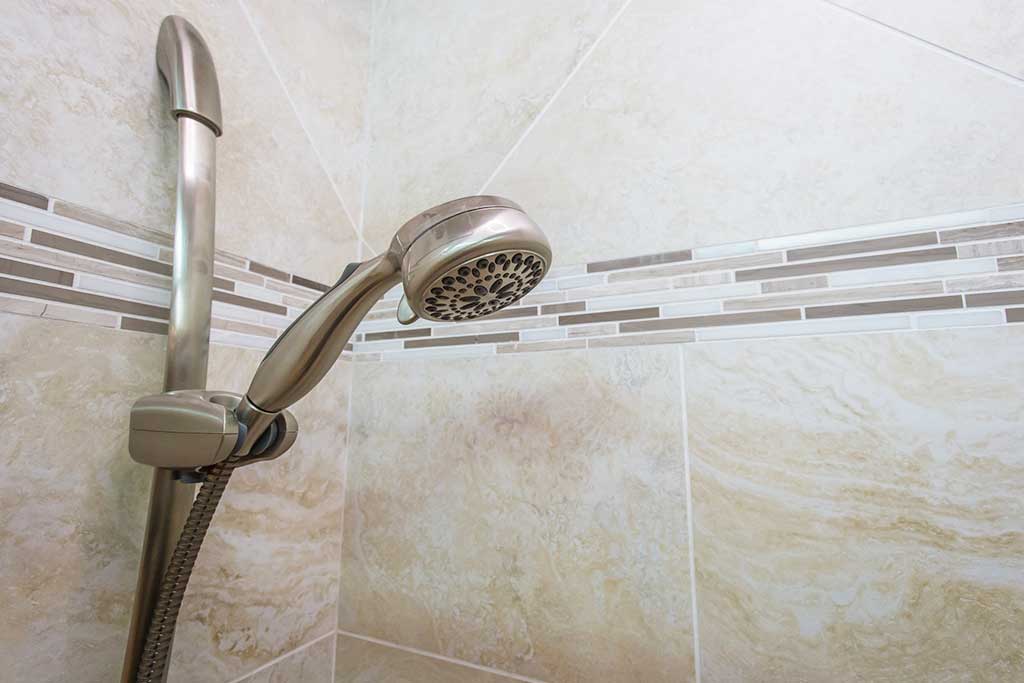Visit The Following Page
No house owner would like a leaking shower in their restroom. If you do not want your water costs to skyrocket, you've got to the source of your dripping shower and fix it.
Attempt to Repair the Showerhead
The first thing you have to do is attempt your best to fix the showerhead. Start by shutting the primary water supply valve to avoid flooding your home. When that's done, you can loosen the showerhead. Examine the following for wear and tear:
Condition of head
Inspect the O-ring threads
Examine the plastic washer
Unclog the Showerhead Holes
Showerhead holes frequently block, specifically if you have actually got a hard water source that has a lot of sedimentation. Frequently, block holes lead to a dripping shower. As soon as particles develops over time with frequent usage, the showerhead holes get obstructed. As a result, the water will discover another way to leave and leakage from other parts of the showerhead. You can soak the showerhead with limescale solution or baking soda with vinegar to soften the blockage. Then brush off the debris to clear the holes.
Replace What's Worse for Wear
After your showerhead visual evaluation, replace the parts that look worse for wear. The rubber washer is the most common culprit of leaking showerheads. You can buy a new showerhead.
Check Out the Piping Connectors
If you've tried your best to fix the showerhead, but the leak is still there, check out the connections. Look at the part where the showerhead meets your water supply. This is a very common area where leakages take place. Keep in mind, keep the primary valve turned off prior to investigating the leak source. If the leakage is coming from the cold or hot water pipeline by feeling it with your fingers, evaluate. You can fix the correct valves when you've identified where the issue is. You can also change the seals in between the pipelines and the shower system to control the leak.
Tidy up the Pipeline
You can utilize a cleaning option made out of warm distilled vinegar watered down in some water. After this, the valves will be much easier to utilize due to the fact that water will flow freely.
Require Professional Help
It is time to call a plumbing professional if you can not resolve the leak after doing the actions above. A credible plumbing can easily do shower repair work services. They have the skills, tools, and know-how to guarantee you don't need to waste a great deal of money on your month-to-month utility bills.
If you do not want your water costs to escalate, you've got to the source of your dripping shower and fix it. As a outcome, the water will discover another way to leave and leak from other parts of the showerhead. The rubber washer is the most typical culprit of dripping showerheads. If you've attempted your best to repair the showerhead, but the leakage is still there, inspect out the connections. Assess if the leakage is coming from the cold or hot water pipe by feeling it with your fingers.

Preventing Water Damage in the Restroom
The regular use of water in the bathroom makes it extremely susceptible for damp accumulation and potential water damage. By checking it routinely, you can reduce water associated damages.
The following set of assessments is easy to carry out and must be done when in every three months in order to keep your restroom in good shape and to prevent potential water damages caused by the bath tub, the shower, pipe joints and pipes, sinks, cabinets, and the toilet
Do not overlook performing these examinations and be comprehensive while performing them. Bear in mind that these basic assessments can save you a great deal of money by supplying early indicators for water damage
Tub and Shower
The shower and bathtub need special attention and upkeep. Inspect the tiles and change if broken. Make certain that there is no missing grout in between the tiles. Examine and change broken caulking at joints where the walls fulfill the floor or the bath tub . Blocked drains pipes and pipes issues will prevent the bath tub from drying and may suggest serious issues underneath the tub. Seek advice from a professional right away to prevent structural damage. Take note of stainings or soft areas around the tub walls as they might suggest an internal leakage.
Pipes
Signs for water damage are tough to spot given that most pipes are set up inside the walls.
Pay unique attention to flooring and walls moisture and discolorations as they might indicate an unnoticeable pipes issue. Check moisture levels in adjacent spaces as well.
Sinks and Cabinets
Sinks and cabinets are exposed to moisture and humidity everyday and are typically overlooked. Inspect routinely under the sink and on the counter top above it. Fix any drip in the trap as it may suggest drain problems. Take a look around the sink, sluggish draining pipelines may indicate a blocked drain. Change sink seals if they are split or loose.
The Toilet
The toilet is a susceptible water junction. Check the water lines and search for leaks around the toilet seat, in the hose pipe, and under the water tank. If you find any indications of wetness on the flooring around the toilet, check for leaks in the toilet rim and tank seals.
Understand that hanging toilet bowl antiperspirants increases the opportunities for obstructions.
Obstructed drains pipes and pipes problems will prevent the bathtub from drying and may indicate serious problems beneath the bathtub. Consult with a professional immediately to prevent structural damage. The toilet is a vulnerable water junction. Check the water lines and search for leaks around the toilet seat, in the hose pipe, and under the water tank. If you discover any signs of moisture on the floor around the toilet, check for leaks in the toilet rim and tank seals.